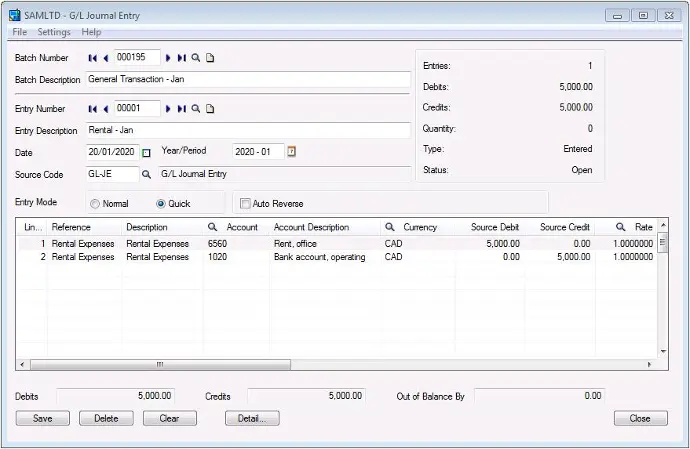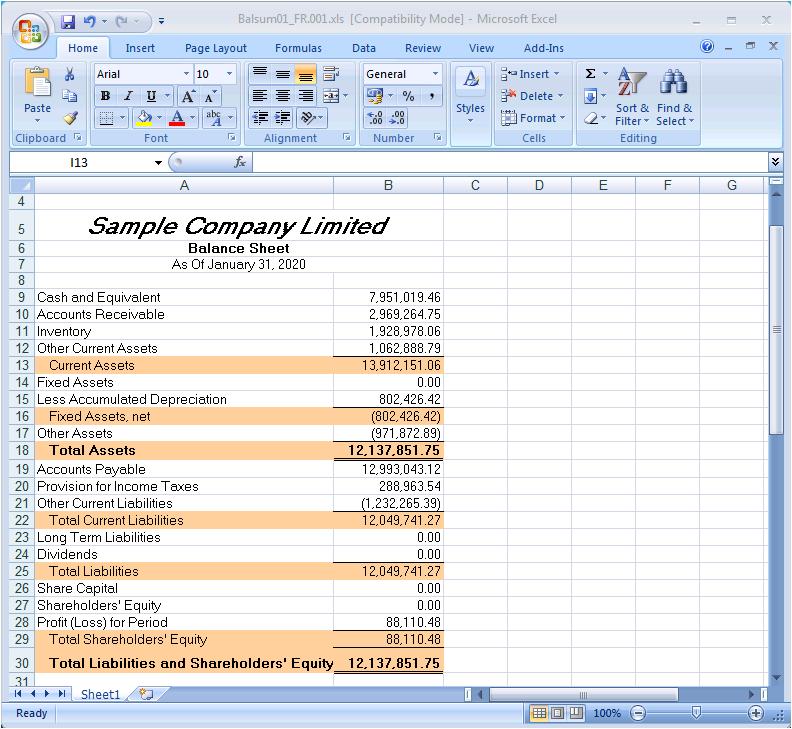SOLUTIONS > Sage 300CLOUD > Financial Management > General Ledger
Track and analyse your financial data to optimise your productivity using tools and accounting structures that are tailored to your business needs. Flexibility includes user-defined chart of accounts structure, account types, journals, controls for processing and balancing options, batch control totals, earnings controls and much more. You can even control the amount of detail the system maintains. What’s more, month-end and year-end procedures are a snap. Since Sage 300 automatically updates all balances and history every time you post, all you need to do is make the adjusting entries. Plus, you’ll be able to perform fast data queries and then drill down to the source for more details. With its built-in financial report writer, you can maintain a variety of sophisticated reports so decisions are always based on insight gained from in-depth analysis.
With Sage 300 ERP General Ledger module, financial accounting transactions are posted, processed, summarized, and reported. You can have user-defined chart of accounts structure, account types, journals, controls for processing and balancing options, batch control totals, earnings controls, and much more. Sage 300 ERP General Ledger module maintains a complete audit trail of transactions and enables you to track and analyze corporate financial data to optimize your productivity using tools and accounting structures that are tailored to your business needs.
- Configurable general ledger account structure tailor made for your business needs and best practice
- GAAP, FASB, and IFRS compliant, including full transaction threading from sub-modules for comprehensive data auditing
- Up to ten different account segments can be set up
- Up to 99 years of financial history can be stores for detailed financial reporting
- Flexibility on data handling, can choose between data collection and real time posting mode
- Maintains unit and dollar amount postings in GL
- Reverse function for a posted transaction
- Drill down allowed from journal entries to sub ledger transactions
- Can have different retained earnings accounts to different account segments
- Comparison on actual, quantity, provisionally-posted and budget fiscal sets, in any combination you choose
- Set up and schedule recurring entries for regular transactions
- User-defined criteria for system purges
- Built-in financial report writer maintains a variety of sophisticated reports so decisions are always based on insight gained from in-depth analysis
- Business intelligence optimizes financial management and analytics


